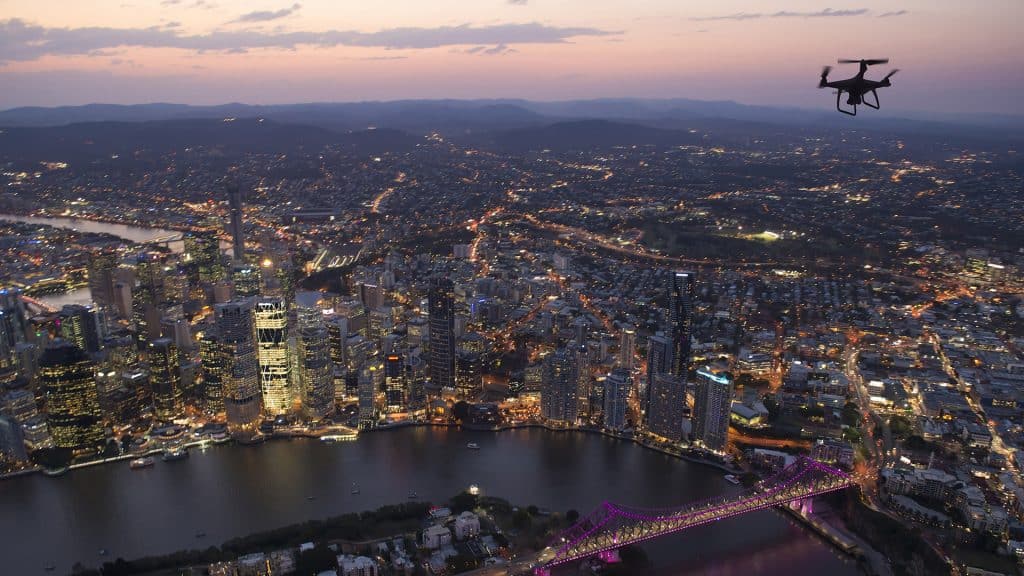So you want to fly at night!?
That’s great! You can get some cool shots flying at night and take your photography or videography to a whole new level. This could be simply by taking some landscape shots through to flying your drone in coordination with other operators shooting a fireworks display.
There are a few things that you might be asking yourself when these ideas of taking off after dusk. Things like what do I have to do to legally fly at night? What’s Actually classified as night flying? And what are some things to keep in mind with night flying?
What do I have to do to legally fly at night?
- Have your own ReOC (Remote Pilots Operators Certificate) or be flying under another entity ReOC with their approval and with the exemption included on the Operations Library.
- You must be authorised by the Chief Controller
- Complete a risk assessment during daylight conditions.
- Have appropriate failsafe including RTH (Return to Home and Geo-Fencing).
- Have equipment for a GPS lock with a minimum of 7 GPS satellites
- Maintain VLOS (Visual Line of Sight).
- Have a landing site need to be illuminated.
- Have orientation lights on the craft.
- Have Ground station software to assist in assessing the UAV’s position.
Keep in mind – The operator must not operate the UAV outdoors in rain, or
if thunderstorms are observed or reported within 5 kilometres of the location of the proposed operation.
What’s Actually classified as night flying?
What constitutes HJ (Daylight) and HN (Night-time). HJ is Sunrise to Sunset, which includes Civil Twilight. This is usually 20-30 minutes either side of the Sunrise-Sunset times given for the day, depending on your location and time of year. There are a number of apps and websites that will give you this information for your location.
What are some things to keep in mind with night flying?
Night flying is complicated, here are a few things to know to get the most out of your flying, and fly safely.
It’s a good idea to have a multiple of spotters during your operation.
Depending on the craft that you’re flying, you will have to be confident with your camera settings as it will be greatly different to flying in the daytime. Night flying can cause a great deal of noise to be introduced into the final product, which is difficult to remove in post-production. A tip to getting a great shot, is to turn off the front orientation lights whilst shooting the footage thus removing the red hew that can be introduced onto the footage. This will depend on the craft of choice.
If flying in a Restricted Area such as Sydney Harbour, you will need to have your RePL (Remote Pilots Licence), AROC (Aeronautical Radio Operators Certificate), Casa and local authority approvals and be confident to be able to operate that radio or comms that you’re required to use during the operation.
Good luck with your night flying and fly safely in the daytime and at night!
